Introduction
In today’s fast-paced world, headaches and migraines are common ailments that affect millions of people globally. While over-the-counter medications and prescription drugs are traditional go-to solutions, many are turning to alternative therapies to find relief. One such alternative is massage therapy, an age-old practice known for its relaxation and pain-relieving benefits. But can massage truly help reduce headaches and migraines? This article explores the effectiveness of massage therapy in alleviating these often debilitating conditions.
Understanding Headaches and Migraines
Headaches and migraines are not merely minor inconveniences; they are complex neurological disorders. A headache often presents as a persistent pain or discomfort in the head, scalp, or neck, while a migraine is more severe and can be accompanied by nausea, vomiting, and sensitivity to light and sound. Triggers for these conditions can include stress, tension, dietary factors, hormonal changes, and more.
The Science Behind Massage Therapy
Massage therapy involves the manipulation of soft tissues and muscles in the body to improve health and well-being. The practice dates back thousands of years and is used to alleviate everything from stress to muscle pain. Scientific studies have shown that massage can increase the levels of endorphins and serotonin, hormones that act as natural painkillers and mood stabilizers.
How Massage Can Help Relieve Headaches
Massage therapy offers several mechanisms by which it can alleviate headaches and migraines:
Reduction of Muscle Tension
Headaches are often a result of tension and stress in the body. Massage therapy targets the muscles in the neck, shoulders, and back, effectively reducing the muscle tension that can lead to headaches.
Improved Circulation
Improved blood flow can lead to better oxygenation of tissues and more efficient removal of toxins. This enhancement in circulation can reduce the frequency and severity of headaches and migraines.
Stress Reduction
Stress is a significant trigger for both headaches and migraines. Massage therapy activates the parasympathetic nervous system, promoting relaxation and reducing stress levels, which can significantly impact the occurrence of headaches.
Trigger Point Therapy
Trigger points are tight areas in muscles that can cause pain in other parts of the body. For instance, a trigger point in the neck might lead to a headache. Massage therapists can target these trigger points to relieve pain.
Lymphatic Drainage
This specialized massage technique can help drain lymphatic fluid, reducing inflammation and providing headache relief.
The Role of Aromatherapy in Massage
Integrating aromatherapy with massage therapy can enhance headache relief. Essential oils like peppermint, lavender, and eucalyptus have been shown to provide calming effects and improve blood flow, providing additional migraine relief when used in conjunction with massage.
Scientific Evidence
Research supports the efficacy of massage therapy for headache relief. A study published in the International Journal of Therapeutic Massage & Bodywork found that individuals who received regular massage therapy experienced fewer migraine episodes and reduced insomnia, commonly associated with chronic headaches.
Personalizing Your Massage Therapy
Not all massages are the same, and personalizing therapy to your specific headache or migraine triggers is crucial. Some may benefit from a deep tissue massage, while others may find relief with lighter techniques like Swedish massage. Consulting with a licensed massage therapist can help tailor the treatment to your specific needs.
Professional Insight
Interviewing professional massage therapists can provide insight into practical applications and success stories of massage therapy for headaches. With real-world examples, you can better understand how this therapy may benefit you personally.
Conclusion
While medication may always have a role in headache and migraine management, massage therapy offers a compelling, non-invasive alternative or complementary treatment. With its ability to reduce muscle tension, improve circulation, and alleviate stress, massage therapy holds promise for many seeking relief from these painful conditions. As with any treatment, it’s essential to consult with healthcare professionals to develop a comprehensive approach to managing headaches and migraines.
Engaging with alternative therapies like massage not only empowers individuals to take control of their health but also enhances their overall well-being. Whether you suffer from occasional headaches or chronic migraines, exploring the potential of massage therapy could be a step toward a pain-free life.
FAQs
Can massage therapy replace medication for headaches and migraines?
Massage therapy can be a complementary treatment to medication but should not replace it without consulting a healthcare professional.
How often should one receive massage therapy for headache relief?
The frequency of massage therapy sessions can vary based on individual needs and should be discussed with a licensed massage therapist.
Are there any risks associated with massage therapy for headaches?
Massage therapy is generally safe, but individuals should consult with a healthcare provider to ensure it is appropriate for their specific condition.
